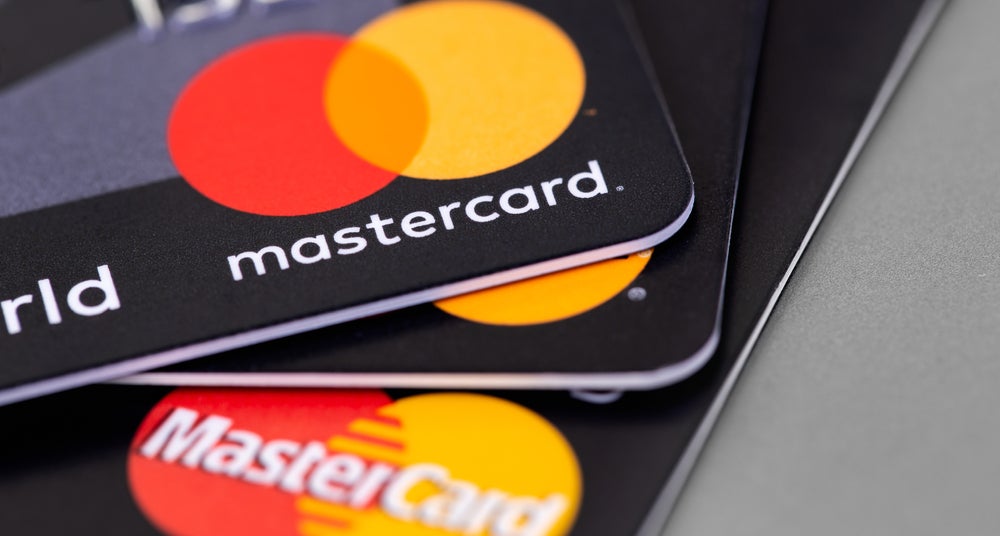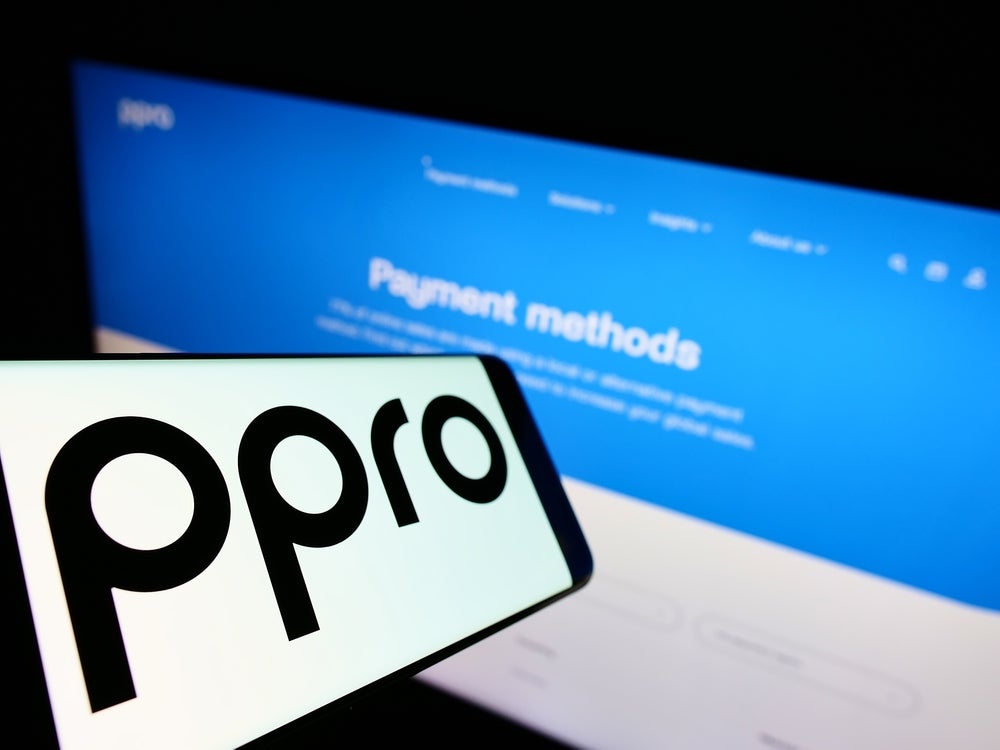Accounting for 89.3% of the total transaction volume in 2016, cash remains widely prevalent in Romania. However, card companies are making moves to grab some market share
Although payment cards occupied only a small share of the Romanian cards and payments industry, they registered the highest growth in terms of transaction volume and value.
They recorded growth rates of 20.6% and 17.2% respectively between 2012 and 2016. The rises were a result of a greater number of POS terminals in service, an increase in the number of retailers accepting payment cards, a decline in the interchange fee, and a growing consumer preference for contactless payments.
 Government initiatives such as a cap on cash transactions are expected to encourage further electronic payments in Romania.
Government initiatives such as a cap on cash transactions are expected to encourage further electronic payments in Romania.
Debit cards accounted for the substantial majority, 92.9%, of the overall payment cards transaction value in 2016.
Most banks in Romania offer overdrafts with limits up to six times the account holder’s monthly salary, thereby significantly reducing the need for other types of credit facility.
How well do you really know your competitors?
Access the most comprehensive Company Profiles on the market, powered by GlobalData. Save hours of research. Gain competitive edge.

Thank you!
Your download email will arrive shortly
Not ready to buy yet? Download a free sample
We are confident about the unique quality of our Company Profiles. However, we want you to make the most beneficial decision for your business, so we offer a free sample that you can download by submitting the below form
By GlobalDataBanks are successfully encouraging customers to use debit cards for POS purchases rather than cash withdrawals by offering reward points, discounts at partner retailers, and cashback.
Consequently, debit card transaction volumes at POS overtook ATM transactions for the first time in 2015.
Banks are also offering contactless debit cards to increase convenience for consumers; as of December 2015, Banca Transilvania had issued 300,000 Visa Electron BT Cards with contactless functionality.
Credit card revival
Pay later card penetration stood at 13.5 cards per 100 individuals in 2016, which was on par with Bulgaria (13.5), but lower than in Croatia (40.8), the Czech Republic (23.2), Slovakia (17.7), Poland (16) and Hungary (15.4). Slovenia had the highest penetration at 53.2.
The limited popularity of credit cards is a result of banks’ attractive overdraft facilities, which meet the short-term credit requirements of most Romanian consumers.
However, Romanians are gradually using credit cards to benefit from interest-free credit periods. This is a facility not available on overdrafts as banks typically charge interest from the first day the overdraft facility is used.
 Regulations
Regulations
New EU regulations capping credit card interchange fees came into effect in December 2015. These are expected to encourage retailers and other merchants to accept card payments.
Also, the Romanian government introduced a cap on cash transactions, valued at RON5,000 ($1,248.20) per day for individuals and $2,496.50 per day for businesses per single transaction in March 2015.
Initiatives such as these are expected to provide a much-needed push to the credit card market.
 Contactless gains
Contactless gains
Contactless has been a primary driver of payment cards growth in Romania.
The overall volume of payment cards in circulation posted a staggering compund annual growth rate (CAGR) of 147.5% during the five-year period between 2012 and 2016, rising from just 120,000 to 4.5 million.
According to Mastercard, the number of contactless transactions processed registered a substantial annual growth of 600% in 2015.
Between 1 May and 31 December 2015, Mastercard ran a campaign in partnership with the National Association for Consumer Protection and the Promoting Programmes and Strategies in Romania – InfoCons, with the objective of promoting consumer use of contactless payment methods.
Mastercard announced it was offering rewards worth $424,399 for payments made between 1 May and 31 December 2015 using Mastercard or Maestro cards in Romania, through the high-profile promotional campaign.
The programme featured the message: ‘Ask for the fiscal receipt! Pay with Mastercard or Maestro! We reward you!’
Romania is one of the leading e-commerce markets in Southeast Europe, posting a CAGR of 18.64% between 2012 and 2016, from $1.1bn in 2012 to $2.1bn in 2016. It is forecast to reach $3.9bn in 2021.
Cash on delivery remains one of the preferred modes of payments for e-commerce transactions in Romania.
To encourage alternative solutions to cash, many e-commerce sites offer card payment options and the capacity to pay by card on delivery.
In October 2016, Mastercard and eMAG launched a campaign to encourage first-time users to pay for purchases on eMAG platforms by card, rewarding them with a gift card worth $6.20.
In addition to payment cards, emerging payment methods such as digital wallets, mobile wallets and carrier billing are also gaining prominence in Romania, with the availability of alternative solutions such as mobilPay, Seqr, PayPal, and MasterPass.


 Regulations
Regulations Contactless gains
Contactless gains



